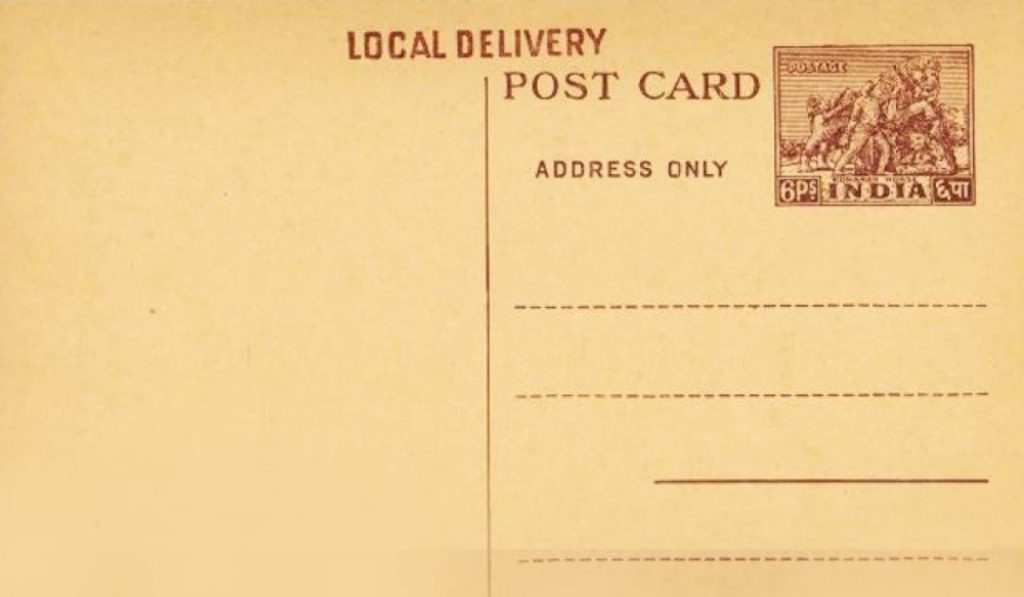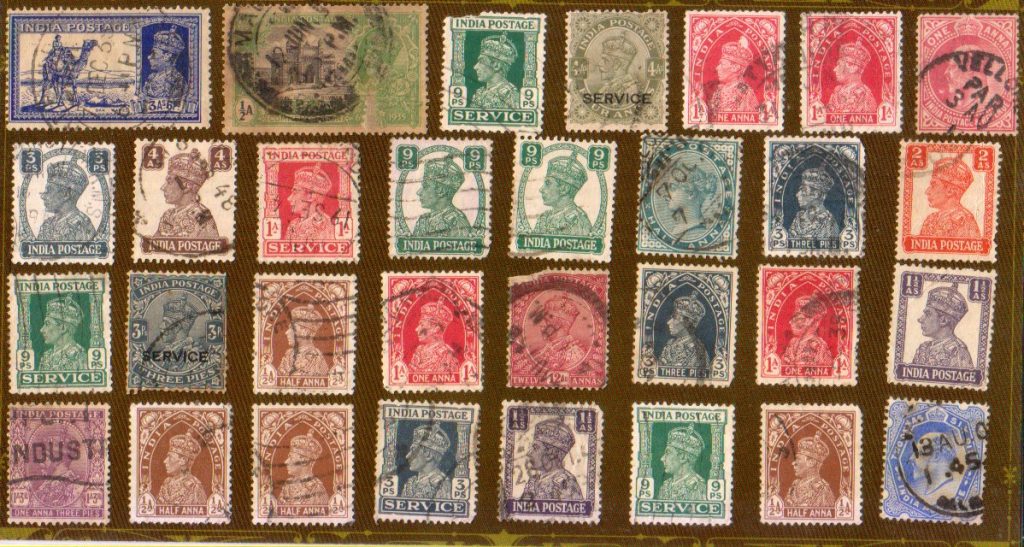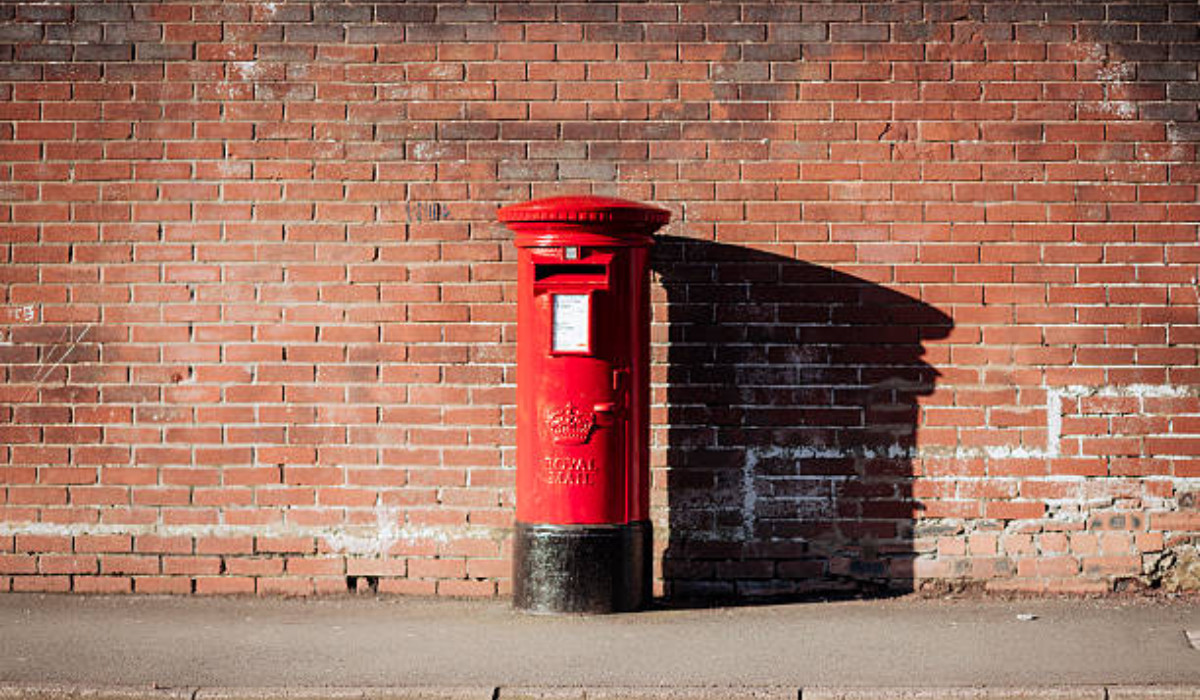The Indian postal system, a symbol of communication and connectivity, has a rich and diverse history that spans thousands of years. Its evolution reflects the changing times, from the earliest postal systems in ancient India to the efficient network we see today. Let’s embark on a journey through time to explore the fascinating history of the Indian postal service.
Ancient Origins
The roots of the Indian postal system can be traced back to ancient times. During the Maurya dynasty (circa 4th century BCE), Emperor Chandragupta Maurya established an efficient system of royal messengers known as “dakrunners.” These dakrunners played a vital role in conveying messages and maintaining administrative control over the vast empire.

Mughal Era
The Mughal Empire, known for its administrative prowess, further developed the post system. Akbar the Great, in the 16th century, introduced the “Dak Chauki” system, a network of horsemen stationed at intervals along major routes. These horsemen ensured the swift movement of official documents and news.
Also Read: Crafting the Perfect Trip Itinerary: A Step-by-Step Guide
Colonial Influence
The British East India Company introduced significant changes to the Indian postal system during their colonial rule. In 1854, India saw its first postage stamp, the famous “Scinde Dawk.” The Indian Post Service, as we know it today, was formalized in 1854 with the establishment of the Indian Post Office.
Rapid Expansion of Indian Postal System
The Indian postal system underwent a massive expansion during the late 19th and early 20th centuries. Railway mail services and telegraphy were integrated into the network, making communication even more efficient across vast distances. India’s first airmail flight took place in 1911, connecting Allahabad and Naini.

Independence and Modernization
Post-independence, the Indian postal system underwent modernization and continued to evolve. The introduction of Postal Index Number (PIN) codes in 1972 revolutionized mail sorting and delivery. The Indian Postal Service became the largest postal network in the world, with millions of post offices spread across the country.
Digital Age
With the advent of the digital age, the Indian postal system faced new challenges. However, it adapted by offering various services such as e-post, e-commerce delivery, and mobile banking through India Post Payments Bank (IPPB). These innovations have ensured the system’s relevance in the digital era.
The history of the Indian post is a testament to its resilience and adaptability. From ancient dakrunners to the modern, technologically-advanced network, it has played a crucial role in connecting people and places across the vast subcontinent. As India continues to advance, the system remains a cherished part of its cultural and historical heritage.
Also Read: Akshay Kumar RETURNS as Vimal Ambassador a Year After Backlash











